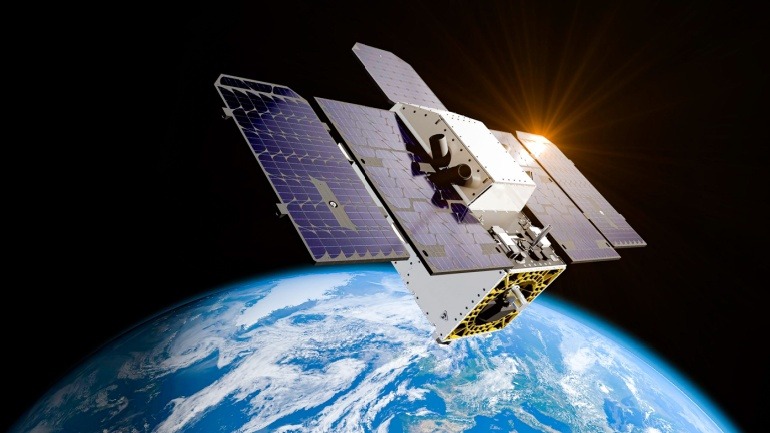Nokia, in collaboration with Global Fiber Peru, has successfully launched a pioneering subaquatic optical, IP, and fibre broadband network in the Amazon rainforest. This new network aims to connect approximately 400 communities within the three-border region where Peru, Colombia, and Brazil meet.
The subaquatic network, embedded in the Amazon River, is designed to serve around 500,000 people across these communities. The network specifically links the towns of Iquitos and Santa Rosa de Yaraví in Peru, Leticia in Colombia, and Tabatinga in Brazil. This initiative enables Global Fiber Peru to provide the region’s first FTTH (Fiber-to-the-Home) broadband service, alongside multi-gigabit connectivity for enterprise users. Founded in 2015 as a subsidiary of Satelital Group, Global Fiber Peru already operates a comprehensive fiber optic network across the country.
The deployment utilized a range of Nokia technologies, including the 1830 Photonic Service Switch (PSS), 7750 service routers, and 7210 services access systems (SAS). Local partner FYCO, specializing in fiber telecom networks in Latin America, collaborated on the rollout, also offering training, professional services, and maintenance.
Osvaldo Di Campli, SVP and Head of Network Infrastructure Americas at Nokia, emphasized the significance of this project, stating, “This project is important as it provides fiber connections for the first time to hundreds of communities in the heart of the Amazon rainforest. Broadband connectivity helps communities and local businesses grow and prosper.”
Global Fiber CEO Obed Dionisio expressed pride in the accomplishment, noting, “We’re excited and proud to be the first company to have successfully deployed an optical fiber network in the depths of the Amazon River, connecting three countries. This achievement bridges a significant digital gap in remote areas previously inaccessible by traditional means.”
This innovative project challenges the notion that satellite networks are the only viable solution for remote connectivity, demonstrating the potential of terrestrial infrastructure even in the most challenging environments.







